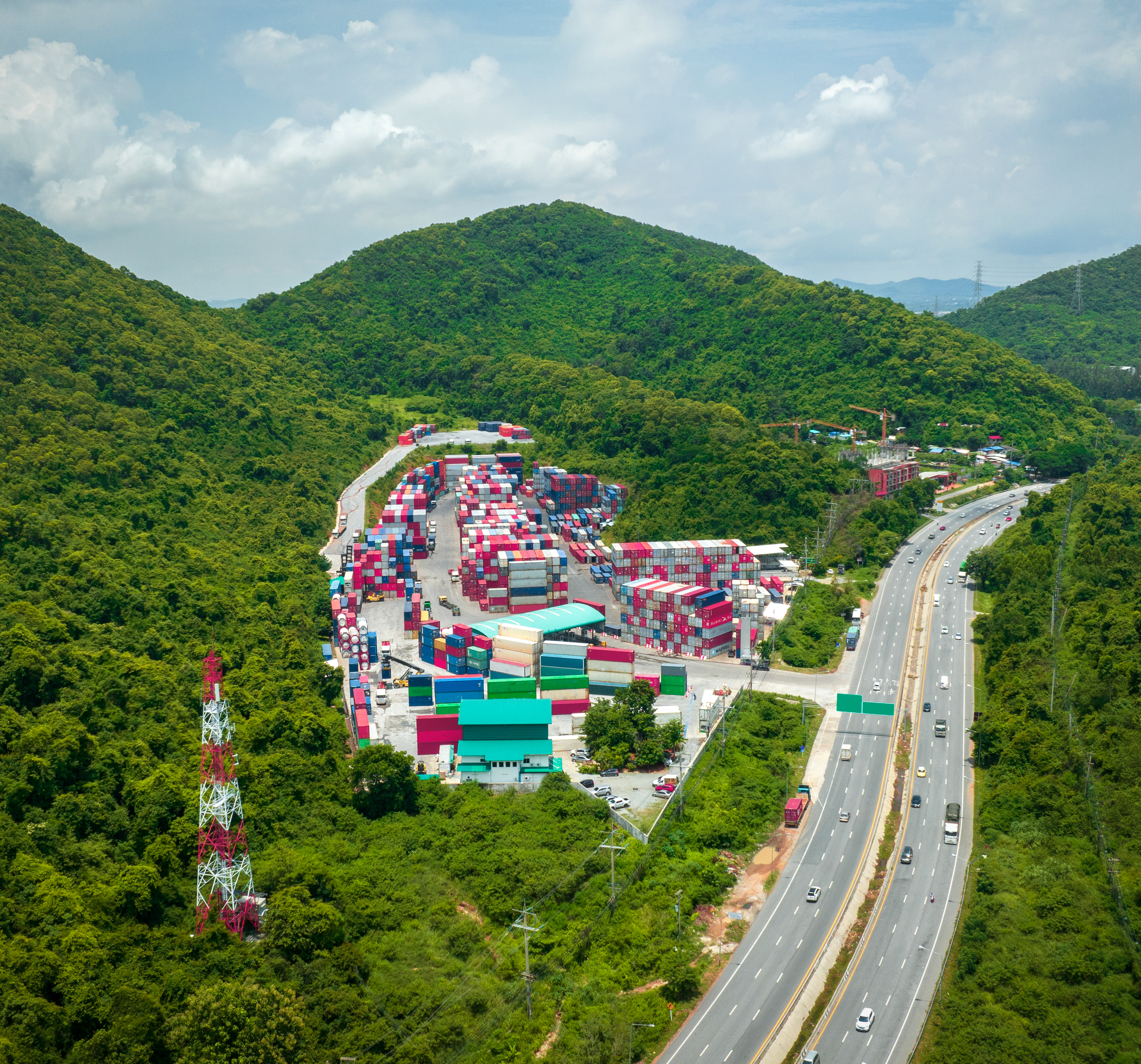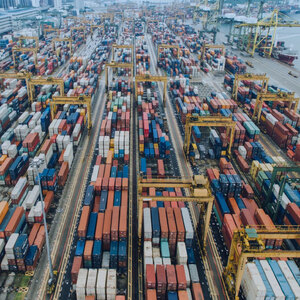
Over the last decade, drastic changes have occurred in industrial processes, leading to automation and optimization of the supply chain. This has impacted production and the involved logistics, which are essential for carrying out these processes.
The industry has changed its manufacturing criteria and objectives, from the initial contact with suppliers to customer delivery. It is no longer sufficient to have a cost-efficient supply chain; now it is essential for it to be "agile" in the short term and "adaptable" in the medium and long term. The primary goal should be to optimize the procurement, manufacturing, and distribution processes.
Agility refers to the ability to provide flexible and coordinated service to customers efficiently. As for adaptability, the supply chain must be able to adjust to changes that may arise during the process and meet customer requirements.
Fundamental Dimensions in Supply Chain Optimization
1. Customer Service Dimension
It is essential for supply chain optimization and achieving customer satisfaction. To do so, the requirements of our customers must be understood, considering four basic pillars:
- Range breadth: The chain's capacity to manage a wide range of products, customers, and services.
- Volume flexibility: The chain's ability to handle variations in product quantities and flows.
- Responsiveness: The chain's ability to provide the product at the moment, quantity, and location required by the customer. It can be measured as a combination of service level and response times.
- Reliability in incidents: The chain's ability to ensure supply despite incidents.
It is worth considering that as the supply chain becomes more global and complex, it becomes more exposed to significant incidents, such as a pandemic, which can lead to significant disruptions, as we discussed in a previous article about the Bullwhip Effect. Therefore, if we are unable to isolate our supply chain from these incidents or at least be prepared to face them, it will significantly disrupt the supply chain optimization process. In other words, the optimal functioning of the chains would be at risk, which could lead to the inability to fulfill customer orders.
Therefore, if we are not able to isolate our supply chain from these incidents, or at least be prepared to face them, we will experience a significant disruption in the supply chain optimization process. In other words, the optimal functioning of the chains would be at risk, which could lead to the inability to fulfill customer orders.
2. Investment Efficiency Dimensions
Several costs are always present in any process. Companies must deal with them, deciding which costs they can handle and what risks they want to take.
To achieve this, companies must find their own cost balance, such as paying an extra amount for more efficient transportation to reduce storage costs. The main costs to consider are:
- Manufacturing costs: Costs easily attributable to each activity in the supply chain.
- Transportation expenses: Costs resulting from material flows between different points within the chain.
- Inventory costs: All the money spent on stocks, from the reception of raw materials to final delivery.
- Infrastructure investment: Money allocated to resources and basic organization of the chain and fixed costs.
- Coordination costs: All the amounts and inefficiencies caused by the need to harmonize and supervise different chain members.
3. Coordination Dimensions
This can be considered the key dimension to achieve the goal of efficient, robust, and adaptable chains.
The alignment of interests among all supply chain members should be sought. By having the same objectives, they should be able to row in the same direction. It is worth considering that as the number of participants increases, coordination between them becomes more complicated but also more important.
Efficient coordination can generate significant advantages over competitors. For example, a continuous flow throughout the chain, where orders are delivered at the necessary time and place, making the chain function like a well-oiled machine. Achieving this objective would fulfill the two dimensions mentioned earlier. On the one hand, optimal service could be provided to the customer, and on the other hand, a cost balance could be achieved by knowing which costs to bear to quickly achieve a return on investment.
Furthermore, a lack of coordination among participants can cause significant inefficiencies, such as excess inventory, increased demand variability, or simply a lack of organization when delivering an order.
In conclusion, it can be said that achieving complete optimization of the supply chain is challenging due to all the components and their requirements. However, if these three key aspects are addressed, the company's supply chain can be solid and able to face drastic situations like the one we are currently experiencing.



























































 Imperia_thumbnail.jpg)





















